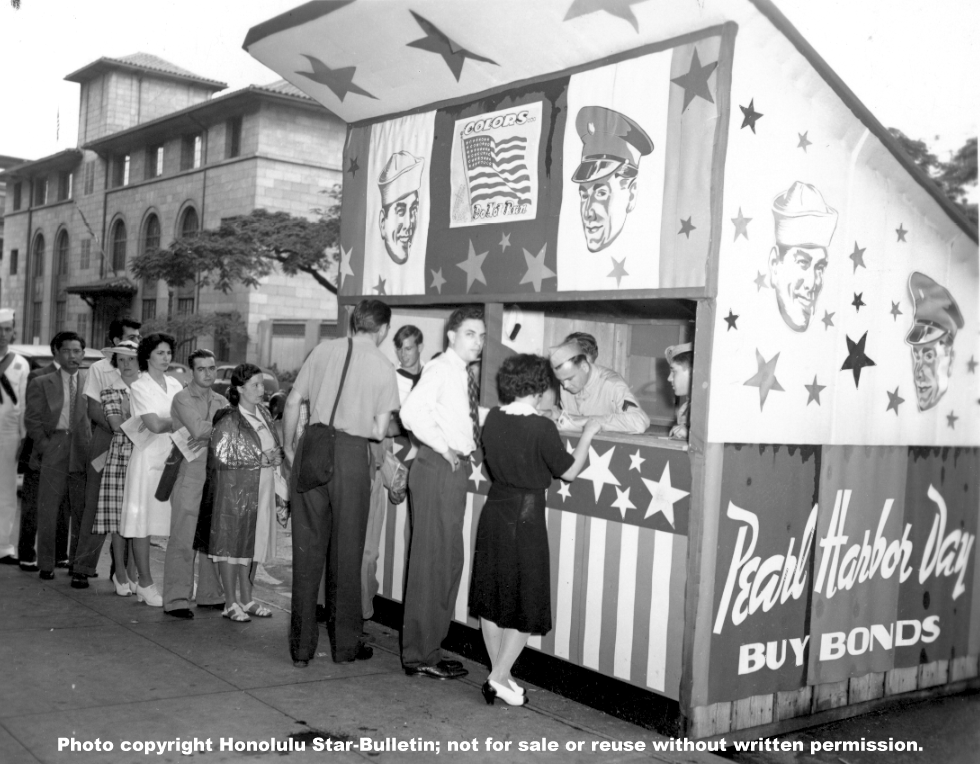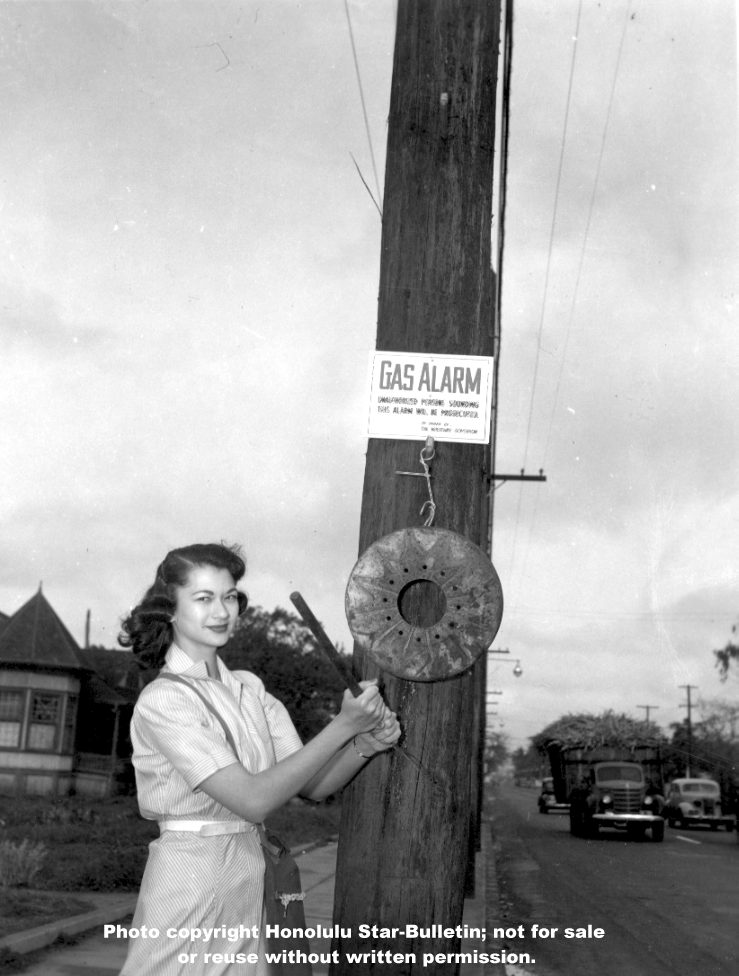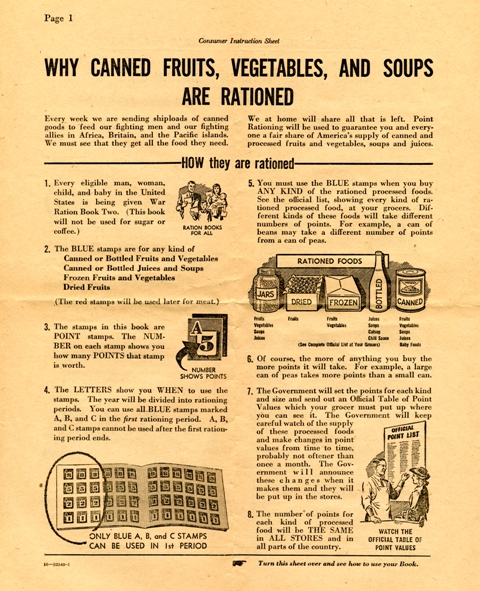“Foreign missionary Harvey Rexford Hitchcock married Rebecca Howard. They sailed for the Hawaiian Islands on the whaleship Averick, arriving in Honolulu 17 May 1832, after a voyage of 173 days. His sister Elizabeth later came to Hawai’i to join them.”
Harvey and Rebecca Hitchcock; they had four children, David Howard, Harvey Rexford Jr, Edward Griffin, and Sarah Diana (who died very young).
“The boys were educated at home until it was time for them to attend O’ahu College (now Punahou). After his Island schooling, David went to Massachusetts, where he entered Williams College as a sophomore in 1853. He returned to Molokai in 1855 where he read law with one of the best lawyers in the Islands.”
“David remembered a young lady school teacher whom he had met in his days back East and sent Almeda Eliza Widger of Otselic, New York, a proposal of marriage, adding that if he did not hear from her, he would consider it a refusal.”
“The letter did not reach her at once on its arrival and she saw it listed in the list of advertised letters. She wrote him that she would come and sailed from Boston on board the Raduga which after a long voyage around Cape Horn arrived finally at Honolulu considerably overdue.”
“Rev. Mr. Armstrong accompanied David on board the Raduga, and he married Almeda on 13 March 1857; thus, she arrived in Honolulu as Mrs. Hitchcock.” (June Hitchcock Humme, grandniece of Almeda Eliza Hitchcock)
“Their first child, Ella Marian, arrived before the new home was completed. Born in this home were Cora Etta, David Howard Jr, Almeda Eliza, and Charles Henry Wetmore Hitchcock.”
“The last daughter, Almeda Eliza, was born Saturday, 5 December 1863. Her father, writing to his brother Edward on 15 January 1864, had this to say about her: ‘… baby grows like a weed. We call her ‘Alme’ or ‘Kitty’, mostly the latter, as she is so good to lie still.’”
Alme was taught at home until age 15, when she and her sister Cora went to O’ahu College (Punahou) as boarders in Honolulu. In 1880 there were 112 students in the school, many of them boarders.
“In a family letter of 15, June 1881, Alme’s aunt Mary Castle Hitchcock states: ‘Cora will be through with her course and David and Almeda have decided that Alme is not to go back to school next year, on account of her health, which has never been as good since she had a fall in Hilo, four or five years ago, which hurt her back.’” (Humme)
That leads us to another child of David and Almeda, David Howard (Howard) Hitchcock.
“His brothers and sisters were not such problems to their father. Cora graduated from Punahou, married an educator and became a teacher herself. Alme, (Almeda) went on to college at Anne Arbor.”
“The oldest daughter, Ella, married Albert Loebenstein, a businessman, and Charles the younger son worked for the new telephone company, and for the railroad, as tax assessor and court clerk, all practical and normal jobs.”
David Hitchcock wanted his son to be a lawyer … Howard Hitchcock wanted to be an artist.
Before his formal training abroad, D Howard Hitchcock was inspired by other Volcano School painters and was encouraged by Jules Tavernier to endeavor life as an artist. Hitchcock admits to following Tavernier and Joseph Strong around, ‘like a parasite.’ (NPS HAVO)
“One family legend says that when Howard insisted on painting, his father sent him up to his Puakala ranch to hunt beef, where he presumably would be cut off from art for lack of supplies. But he found some house paint and made a charming study of akala berries on a door, which still survives.” (Shipman info sheet at Haena)
“But it was another event which may have turned the key for Howard’s complete release into the world of art. The Hawaiian Gazette for November 6, 1888 has a story titled ‘A Lady Lawyer … Miss Hitchcock Admitted to the Hawaiian Bar – The Pioneer of Her Sex.’” (Shipman) (Her brother, D Howard Hitchcock, became a famous Hawai‘i artist.)
Almeda Hitchcock was admitted to the bar in Michigan on December 27, 1887, before her graduation, “under honors – as she is class prophet.” (She was apparently the only woman among the 143 graduates in the law class.) (Matsuda)
Then, “Miss Almeda E. Hitchcock, daughter of Hon. D.H. Hitchcock, of Hilo, was on October 29th admitted to practice in the Courts of this Kingdom. She submitted to the Judges of the Supreme Court her diploma as Bachelor of Laws from Ann Arbor University, Michigan, also her license to practice law in the Circuit and Supreme Courts of that state.” (Hawaiian Gazette, Nov 6, 1888)
“Miss Alme E Hitchcock … will doubtless be the first woman to be admitted to the bar outside of the United States’. She indicated that she felt there would be no reluctance on the part of men attorneys in her country …”
“… pointing out that ‘there are at present no women practicing law, but there are quite a number of practicing [women] Physicians. The popular feeling is for rather than against women in the professions.” (Matsuda)
David Hitchcock made his daughter his partner at once, and the law firm of Hitchcock and Hitchcock presented its first case … the next day.” (Almeda made and won her first motion – the court dismissed the case.) (Matsuda)
“Although her career was short, lasting only five years before her marriage [on May 24, 1892, Hitchcock married American physician William Levi Moore] and early death [she died May 9, 1895, at the age of 31], Almeda Hitchcock led the way for women as the first lawyer and law partner in Hawai‘i.” (Case)
“She was possessed of many pleasant qualities, which made her an always welcome guest and her loss keenly felt. She received an education in the Law school of the University of Michigan and has shown an unusual aptitude for the profession. Hers was a life of bright promises.” (Hawaiian Gazette, Humme)


































































